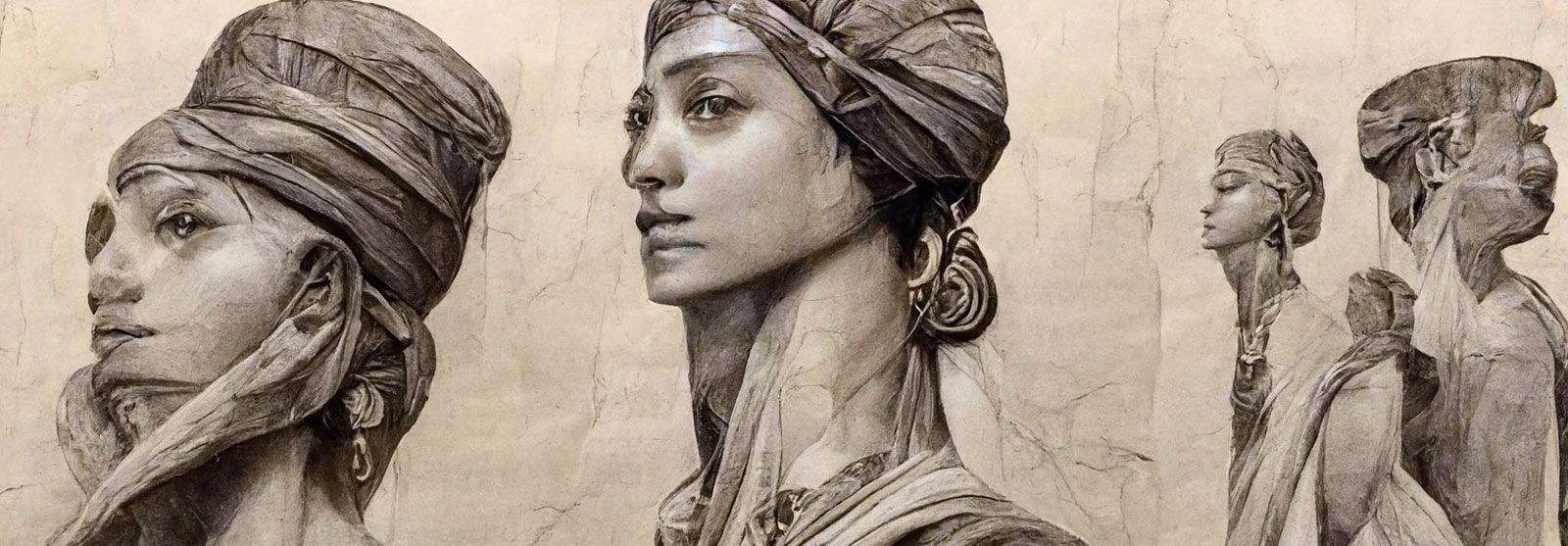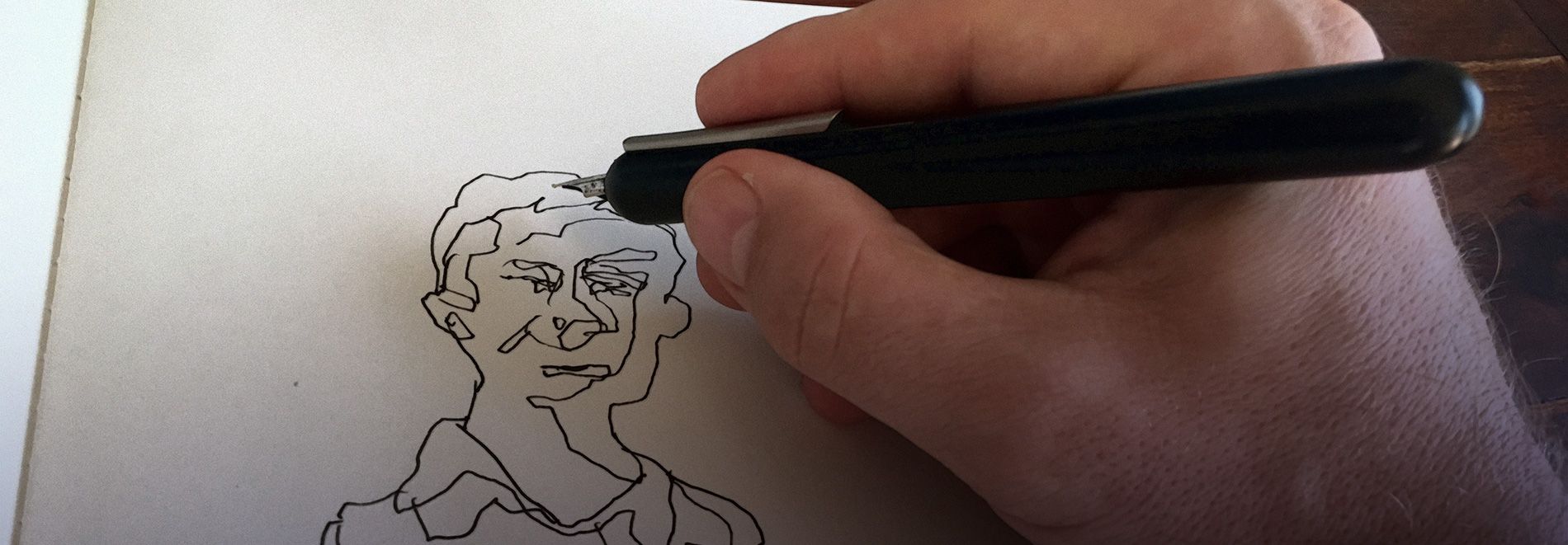Creativity has been studied from even more disparate angles over a much longer time period than automation or technology. It has been called a research backwater that mostly produced scattered results because of problems with the definition and measurement of what we call creativity (Batey and Furnham, 2006).
Creativity is difficult to define and quality is difficult to measure, above all, it is shrouded in myths and mystical interpretations (Sternberg and Lubart 1996) that make most science people shrug and turn to other topics. However, an attempt to comprehensively and critically review the contribution of differential psychology to the creativity research literature was carried out recently (Batey and Furnham 2006). The works of cognitive psychologist Robert Weisberg also bring together the role of knowledge in creativity in his research on creative thinking, thus confronting all previous theories (Weisberg, Robert W., 1999). He states that modern theories of creative thinking have been advanced from many different viewpoints, ranging from Guilford’s pioneering psychometric theory (1950; Runco, 1991) to those developing out of clinical interests, broadly conceived by Eysenck (1993). Other theories have developed out of Gestalt psychology (Wertheimer, 1982), traditional associationistic experimental psychology (Mednick, 1962), Darwinian theory Campbell, 1960; Simonton , 1988,1995); social-psychological perspectives Amabile, 1983), investment perspectives Sternberg & Lubart, 1995 ), and modern cognitive science (Martindale, 1995).
The goal is to establish a framework for an investigation of creativity. When comparing theoretical conceptions of creativity, it is important and perhaps, as Stein (1953) argued, even “necessary to distinguish between internal and external frames of reference”. These distinctions allow for a clearer understanding of the scope, nature, and limitations of theories under consideration (Kaufman and Sternberg, 2010). They will help to define the structure of the design process that will be applied in the next section.
Theoretical approaches to creativity may also be considered in terms of which aspect of creativity they emphasize (Rhodes,1961; Runco, 2004).Traditionally, these aspects have been referred to as the “four Ps of creativity”: process, product, person (or personality),and place (or press). More recent versions of this framework (Runco,2007) have extended it to the six Ps, adding persuasion (Simonton, 1990) and potential (Runco, 2003 ). Glaveanu (2013) also has an interesting framework that can be used in the study of creativity. It is called the 5 A framework and consists of Actor, Action, Artifact, Audience, Affordance. Glaveanu’s framework seems to be more in line with the concept of actor-network theory (ANT), a concept developed in the 1980s by Bruno Latour and others (Latour, 1987) which might be more suitable for the study of new media.
Other theories that could be helpful in our analysis are typically process theories such as the 4 stages of Wallas (1926) and Helmholtz (1896) starting with the preparation stage where the individual gathers information and defines a problem, followed by incubation, illumination and verification. This is of course quite an old model and more recently different models have been presented. Mihaly Csikszentmihalyi’s 5 step model starts the same way as Wallas’s but then shifts to insight, evaluations and elaboration. Other models have the stages replaced by components. Quite relevant to our research is the componential model of Amabile because it touches more on what is needed to be creative. Her components include domain-relevant skills, creativity-relevant skills and task motivation. The focus of her model clearly touches the concept of skill that is needed for creativity (Amabile, 2012).
Although it is rarely announced in the scope of research, the author thinks it is important to state that the study of creativity and technology in this work to be fundamentally a Western one. Eastern creativity often follows an entirely different path from Western creativity which mostly originates from the Genesis story (Boorstin 1992). In Eastern creative thinking the goal of creativity and the participant’s role in the process is of a different more collectivist nature.
Eastern cultures emphasize control by the environment (i.e.,conformity, harmony, etc.), whereas Western cultures focus more on autonomy and the individual (Ng, 2001).
This difference in cultural dimensions might also affect how people use technology and automation. Previous research, using Geert Hofstede’s Cultural Dimensions tool 1, showed the difference in behavior when pilots from different cultures were exposed to automation (Merritt, 1998). These different cultural dimensions could result in different outcomes and behavioral patterns.
References
- KaufmanJ. C., &Sternberg R. J. (2010). The Cambridge handbook of creativity. (pp 23-24) Cambridge University Press
- Wallas, G. (1926). The art of thought. New York: Harcourt Brace and World.
- Amabile, T.M. (2012). Componential Theory of Creativity. Harvard Business School
- Cultural Dimensions by Geert Hofstede https://geert-hofstede.com/countries.html
Related articles
April 23, 2022
Autonomy on the edge of realism
July 24, 2018
In search of the human factor
‘Design’ is in all its facets and applications a functional pursuit, therefore it is usually ‘directed’ by technology.
This article is part of The Automated Designer, a research topic studied for the author’s MBA thesis paper at The Berlin School of Creative Leadership.


